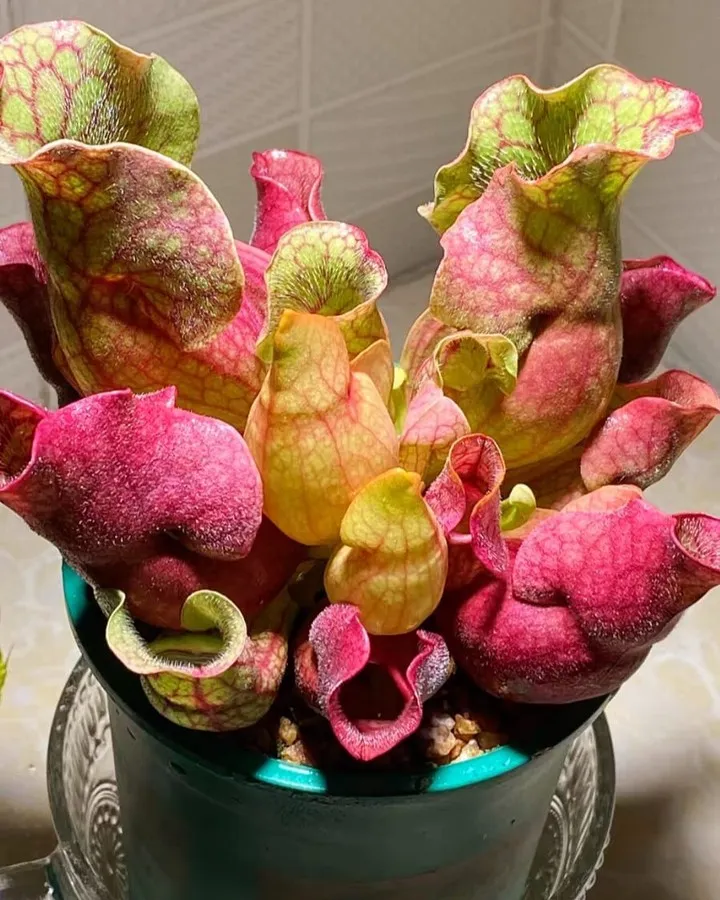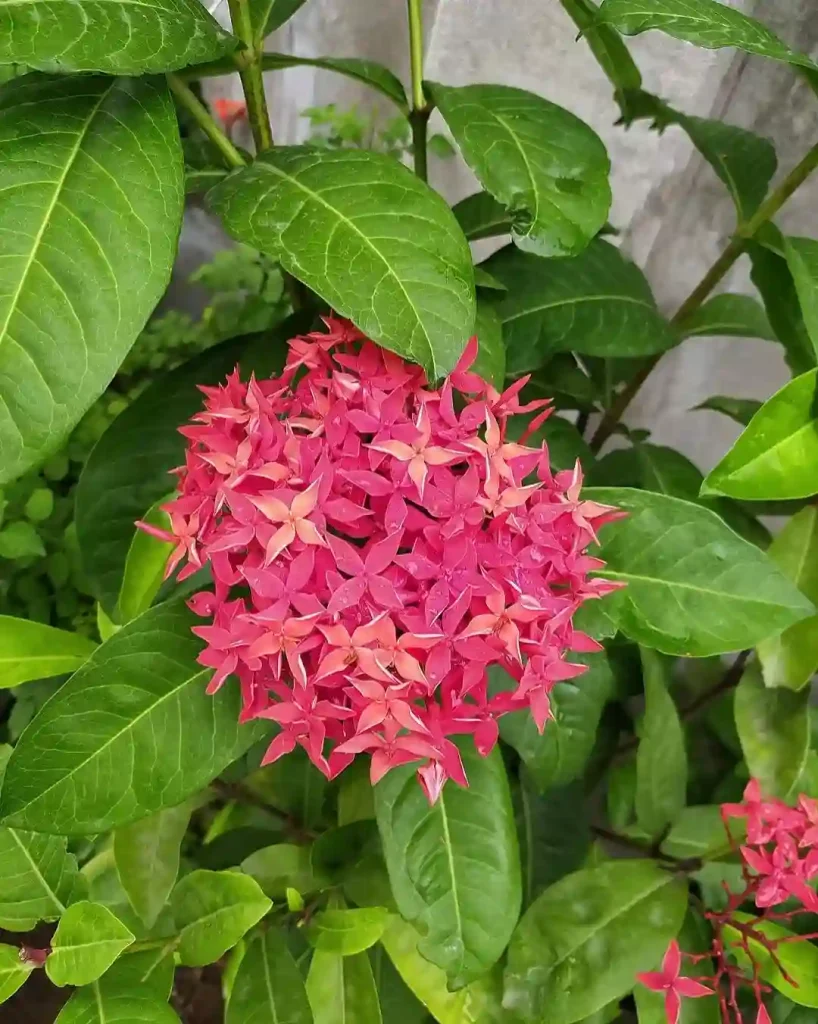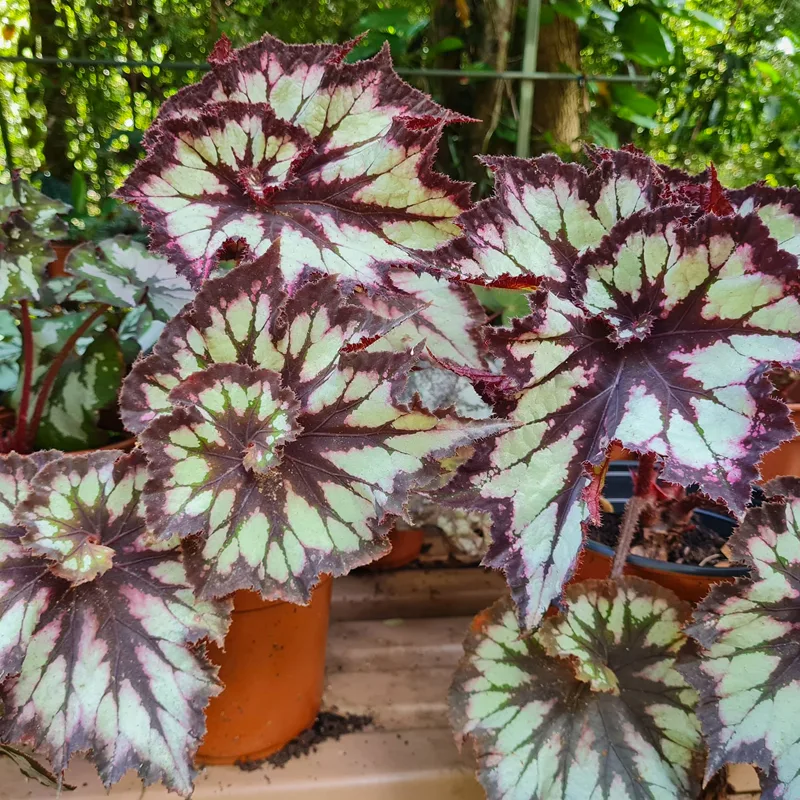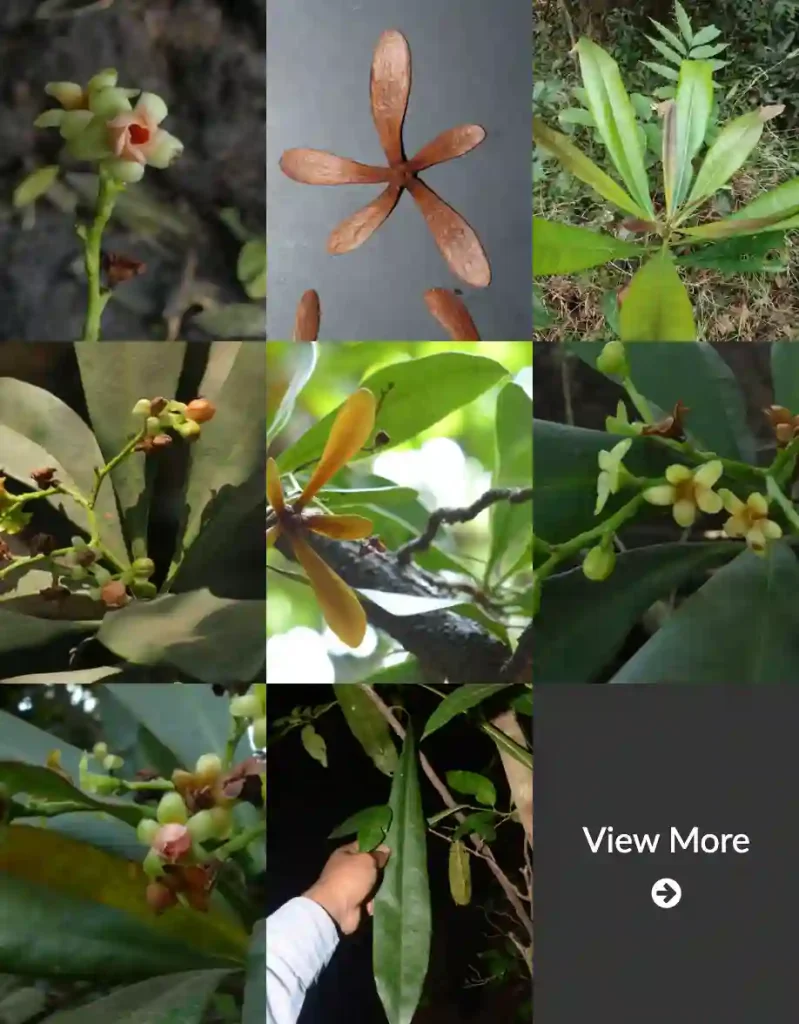What is Halesia Carolina?
Halesia Carolina, commonly known as the Carolina Silverbell, belong to the Styracaceae family, is a beautiful deciduous tree native to the southeastern United States. It is renowned for its striking, bell-shaped white flowers that bloom in spring, which give the tree its common name. The foliage is also attractive, featuring glossy, green leaves that turn yellow in the fall. This tree typically reaches heights of 20 to 30 feet and has a rounded canopy that adds a graceful presence to any landscape.
Plant Family: 12 Genera in Styracaceae
Where Does the Halesia Carolina Live?
The Halesia Carolina thrives in its native habitat, which includes the rich, moist woodlands and forests of the southeastern U.S., from North Carolina to Florida and as far west as Alabama. It prefers well-drained, acidic soils and can often be found growing naturally along stream banks and in forested slopes. This tree is adapted to the temperate climate of this region, making it suitable for USDA hardiness zones 4 to 9.
Is Halesia Carolina Good for a Cemetery?
Yes, Halesia Carolina can be a good choice for cemetery planting. Its graceful appearance and delicate flowers can provide a serene and peaceful atmosphere, which is often desired in such settings. Additionally, its moderate size means it won’t overshadow other memorials or structures. The tree’s ability to thrive in various soil conditions and its low maintenance needs make it a practical option for cemetery landscapes.
How to Care for Halesia Carolina?
Caring for Halesia Carolina involves several key practices:
- Soil: Ensure it’s planted in well-drained, acidic soil. Amend the soil with organic matter if it’s too heavy or clayey.
- Watering: Regular watering is important, especially during dry periods. However, avoid waterlogging.
- Sunlight: It prefers full sun to partial shade. Too much shade can limit blooming.
- Pruning: Minimal pruning is required, but removing any dead or crossing branches can help maintain its shape and health.
- Fertilization: Apply a balanced, slow-release fertilizer in early spring to support growth.
How to Propagate Halesia Carolina?
Propagating Halesia Carolina can be done through seeds or cuttings:
- Seeds: Collect seeds from the mature fruit in the fall and stratify them by placing them in a cold, moist environment for several months before planting.
- Cuttings: Take semi-hardwood cuttings in late summer. Use rooting hormone and place them in a well-draining potting mix. Keep the cuttings moist and in a warm, shaded area until they establish roots.
What to Plant with Halesia Carolina?
Halesia Carolina pairs well with a variety of other plants. Consider companion plants such as:
- Azaleas and Rhododendrons: Their vibrant blooms complement the Halesia’s white flowers.
- Hostas and Ferns: These can provide lush ground cover and contrast with the tree’s foliage.
- Spring Bulbs: Tulips and daffodils can add early color before the Halesia’s blooms appear.
Can You Grow Halesia Carolina Indoors?
Growing Halesia Carolina indoors is not recommended. It is a tree that requires ample space to thrive and needs a natural outdoor environment to reach its full potential. Indoor conditions often lack the necessary light and space for it to grow properly.
Is Halesia Carolina Toxic?
No, Halesia Carolina is not considered toxic to humans or animals. This makes it a safe choice for families with pets or small children.
Benefits of Halesia Carolina
The Halesia Carolina offers several benefits:
- Aesthetic Appeal: Its delicate white flowers and attractive fall foliage enhance any garden or landscape.
- Wildlife Friendly: The tree provides shelter and food for various birds and insects.
- Low Maintenance: Once established, it requires minimal care, making it an easy addition to your garden.
Common Problems with Halesia Carolina
While generally low-maintenance, Halesia Carolina can face some issues:
- Pests: Watch for scale insects or aphids, which can affect the health of the tree.
- Diseases: It may be susceptible to leaf spot diseases or fungal infections in overly wet conditions.
- Improper Growth: Ensure proper soil and light conditions to prevent stunted growth or poor flowering.
Compare Halesia Carolina with Other Similar Trees
Halesia Carolina is often compared with other ornamental trees such as:
- Flowering Dogwood: Like the Halesia, it has attractive spring flowers, but it has different growth habits and soil preferences.
- Cherry Blossom Trees: Both offer beautiful blooms, but cherry blossoms tend to have a more dramatic effect and different care requirements.
Halesia Carolina is a splendid addition to any garden or landscape, offering beauty and tranquility. Whether you’re looking to enhance a cemetery, create a serene garden space, or simply enjoy a lovely flowering tree, this species is a worthy choice.
If i die, water my plants!



